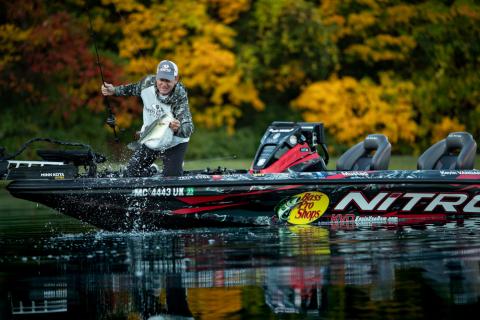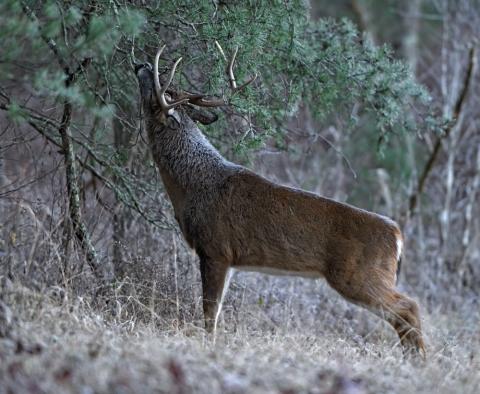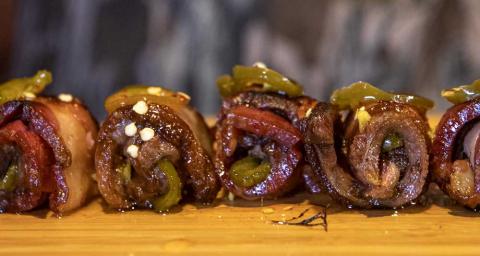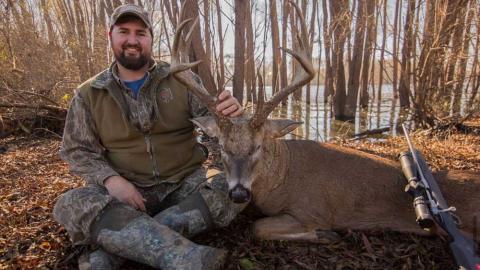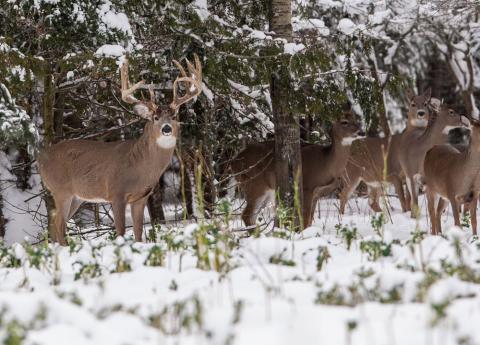Jarrod E. Stephens
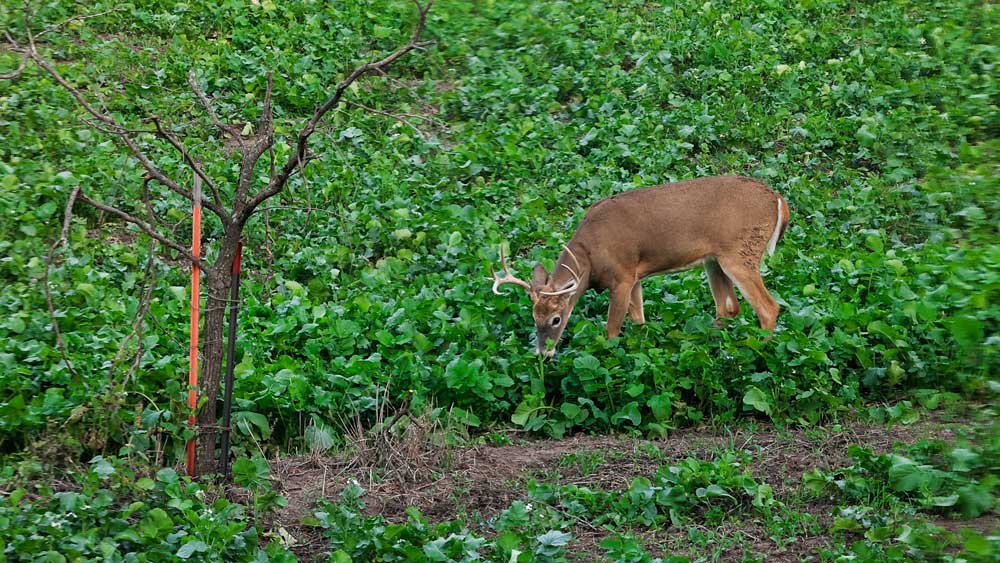
Chances are you’ve had this happen. You’ve planned, prepared, and planted your food plot only to watch it never meet your expectations. Yellowed plants or less than stellar yields can lead to disappointing results whenever it comes to drawing power for wildlife. Considering the cost of everything involved in preparing and maintaining a plot, failure certainly is not an option. While some instances of plot failure such as drought or other natural disasters are totally unavoidable or preventable, there are steps that a gamekeeper can take to reduce the likelihood of food plot failure.
Before the first seed is sown, you need to nail down your plans for the plot and know some basic facts about your soil. Are you planting a perennial or annual? How many hours of sun and shade does the plot receive? Does the soil drain well? Is the pH of the soil ideal for your seed choice? Good planning is the first step to prevent food plot failure.
Preparing Your Food Plot Seed Bed
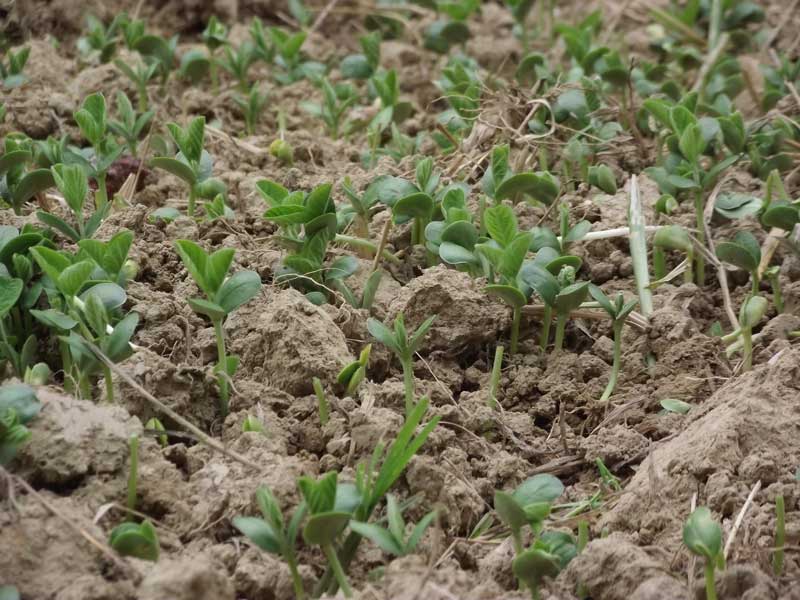
For every task, there are proper techniques and tools for the task. Creating and maintaining effective food plots will require careful attention to using the right tools for the job. The high cost of tractors and implements can sometimes make it difficult to have all the right tools for every task, but no matter what you are planting or where you are planting it, preparing a good seed bed is imperative for good seed to soil contact. Don’t skimp on the details and improvise if you don’t have the correct implements. Borrowing or even renting the correct tools for the job will get your plot off to a good beginning.
Simply scratching the ground with a disk and broadcasting seed will produce results. but they’ll likely be spotty. Sure, there are some “throw and grow” varieties that you can use but they still need a quality seedbed to produce optimal results. When preparing a plot for seeding the first step is to disk/till the soil. Corn plots, unless you are using a no-till method, will sometimes require deep tilling or plowing, while sowing most grasses, legumes and brassicas require more shallow tilling. If you are using a no-till method, you will have to make proper applications of herbicides to rid the soil of competition.
After tilling the ground, if there are still large soil clumps, the soil will need to be broken up to eliminate them and to level the surface. Leaving large clods can cause seeds to be covered too deeply which will limit germination. Seedbeds for grasses and legumes need to be worked two to three inches deep to support root development. However, actual seed coverage should be less than an inch for grasses and legumes, but one to three inches for grains such as soybeans and field corn. Pay close attention to seeding depths as doing so will prevent the seeds from simply withering away or never germinating. Using a cultipacker after sowing grass, brassica and legume seeds will ensure good seed to soil contact as well.
When larger plots are being created the cost can grow quickly. You may be tempted to skimp on the seeding rate to save money. Yes, you will save money initially, but the lost coverage will give way to competing weeds and your yield and drawing power will not reach its potential. On the other hand, you don’t want to go overboard either. Too much seed just ends up growing crowded plants that will also never reach their potential. Recommended seeding rates per acre are formulated to give the grower the greatest potential for a successful plot.
Take Into Account the Amount of Sun or Shade in Your Food Plot
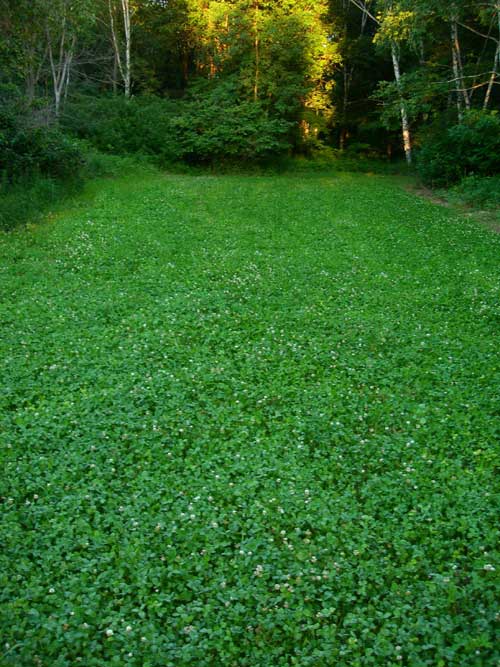
When there are no open fields available for food plots then other perhaps more secluded and shaded areas can be used. However, you must choose your crop wisely. Grains are not typically shade tolerant and should be avoided in such locations. Common sense should be employed when preparing a shaded plot area. Remove as many overhanging and shade creating trees and branches as possible, because even though some plot seeds are shade tolerant, the plot will have greater success with more sunlight. Some direct sunlight is needed to grow most food plot crops. Corn, beans, and peas typically like full sun. However, brassicas, clovers and some cereal grains can do well in areas that receive as little as four to six hours of sun per day.
If you are planting in a forested area white clover is an excellent example of a perennial plot seed that can be used in shady areas. Clover, once well-established will sprawl out and cover the ground and can last for three to five years. However, when planting it in partial shade, it may not persist as long as it would in full sun. Planting it along with winter wheat, another shade tolerant plot option, as a nurse crop will give you extra drawing power and protection for the clover seedlings as the wheat grows quicker and will be foraged by wildlife at the clover grows.
When to Plant Your Food Plots
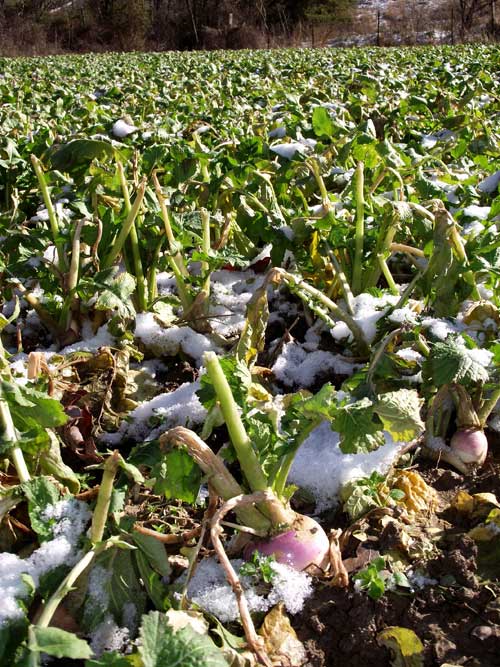
The growing season across this vast nation varies from region to region. Knowing and understanding the importance of sowing seeds during the correct time is the first step to success. While frost seeding some seeds like clover is certainly an option, planting corn and soybeans when either the soil temperature or air temperature is not conducive to germination or growth can result in failure. Germination is dependent upon soil moisture and soil temperature, not the air temperature. But once the seed germinates then the air temperature also comes into play.
Clover is quite unique with respect to the fact that it can be sown during the late winter/early spring months whenever the freeze/thaw cycle is in full swing. Where I live in Kentucky, farmers use the frost seeding method in mid-February. On existing plots, you can broadcast the clover seeds on the frozen soil or dusting of snow and as the freeze/thaw cycle functions on a daily basis the tiny seeds will be pulled into the soil where germination will occur. This eliminates the need for tilling and your clover seedlings will grow vigorously throughout the spring and their roots will have a chance to develop before drier summer weather arrives.
Just because you have the weekend off and it seems to be your only time to plant, in spite of the fact that it is clearly outside the planting window for your seed of choice, just don't take that chance. Seed, fertilizer and your time are much too valuable to throw away. If the planting window for your cool weather seeds has past, then you should turn your attention to other warmer weather seed options.
Most varieties of corn require a minimum of 100 to 120 days of growth after germination to produce mature grain. Sure, the grain will become a favorite snack long before the corn fully matures, but in order to get the most out of your plot the corn should at least be fully developed before the first frosts and hard freezes of the season. Once mature, the freezing temperatures won’t affect the mature corn as it continues to dry.
Food Plot Soil Health
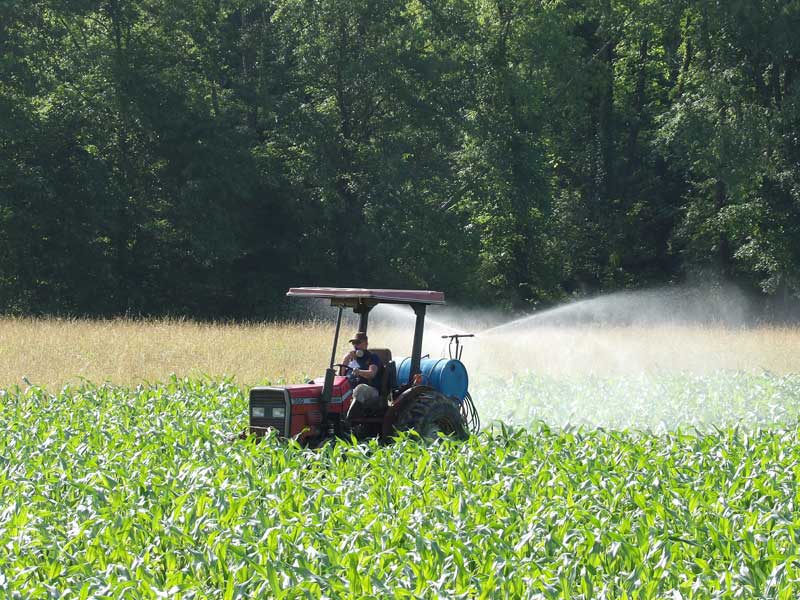
Not enough can be said about the importance of maintaining the correct soil pH and nutrient load. The most effective way to know and correct soil pH is to conduct a soil test. You can’t guess how much lime is needed just by looking at the soil, so a simple test is recommended every few years. The test will reveal how much lime, nitrogen, phosphorus, and potash are needed to bring it to optimal shape.
The results of the test will only help you improve your plot’s results if you follow the recommendations. Without having correct soil pH, it will never matter how much fertilize you apply. The plants will continue to struggle and never reach full potential. The skyrocketing fertilizer costs makes adding lime and correcting soil pH a no-brainer for any gamekeeper on a budget.
Soil not suitable for plots due to rocky conditions or poor drainage can be best used by allowing native vegetation to grow and simply be managed. You may also consider using native warm season grasses on areas will poor soil health instead of wasting your time and money with other seed options.
Controlling Weeds In Your Food Plot
When using glyphosate resistant corn, or beans applying the herbicide at the correct time is important. After being planted the seedlings will have immediate competition with weeds. Post-emergent application of the glyphosate before the field corn is adversely affected by the competition will expedite growth and set your plot on a course for success.
For grass in legume plots, keeping competing vegetation trimmed should be controlled by mowing the weeds to keep them from overwhelming the seedlings. Grass-specific herbicide such as clethodim or sethoxydim can be used to reduce grass competition in non-grass crops like legumes. Planting nurse crop seeds such as winter wheat along with legumes can prevent weed growth since the ground is covered and weeds will struggle to grow. However, the grass-specific herbicide would kill the wheat since it is a grass.
Food Plot size
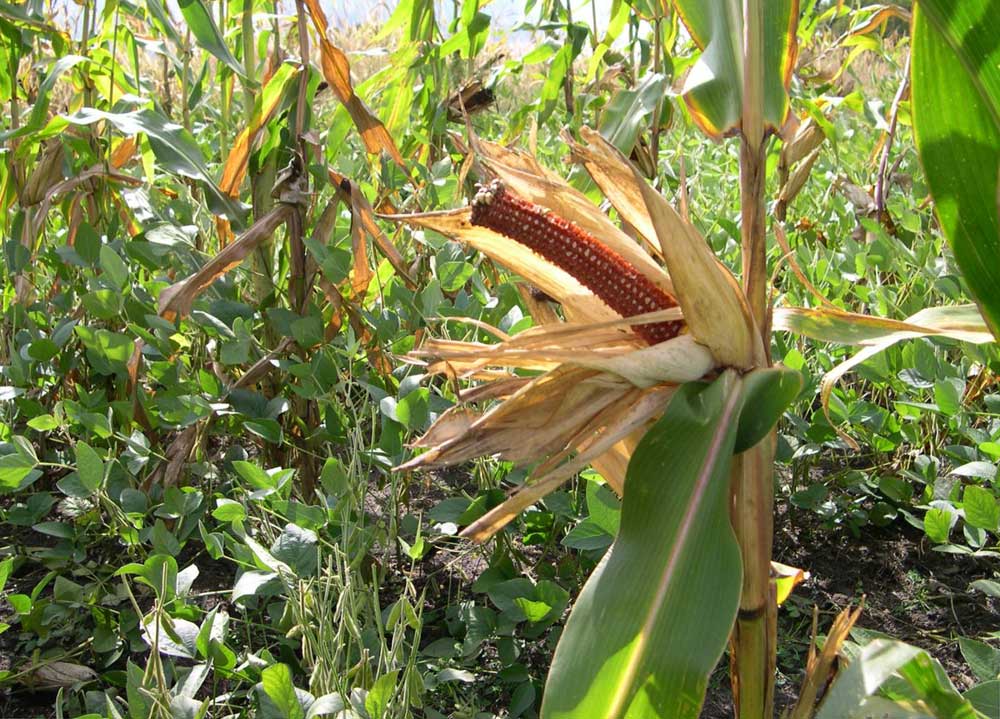
Overgrazing can greatly reduce your food plot’s success. When there are few feeding options for deer and other wildlife, your tender legume or brassica plots will take a major hit as the tender vegetation is devoured. This can lead to an untimely demise for your plans for a lush fall plot to draw in the buck of a lifetime. Whenever possible you need to plant larger plots to lessen the burden on the seedlings, plant something else to take the pressure off of the developing crop, or protect the area with fencing options or products like P2 Plot Protector.
Overgrazing of corn and soybean plots before they mature will lead to devastating results. That being said, such plots should be at least one acre or larger to reduce the effects of overgrazing. Having several small plots of legumes and other forage in the area of your soybeans and corn will also help reduce overgrazing.
Taking on the role of a gamekeeper to improve habitat and feeding options for wildlife has never been an easy or cheap task. While some aspects of food plot success such as environmental or weather factors cannot be controlled, creating a good plan and avoiding common pitfalls will save you both money and time while also giving you greater food plot yield and more success during the hunting season.















